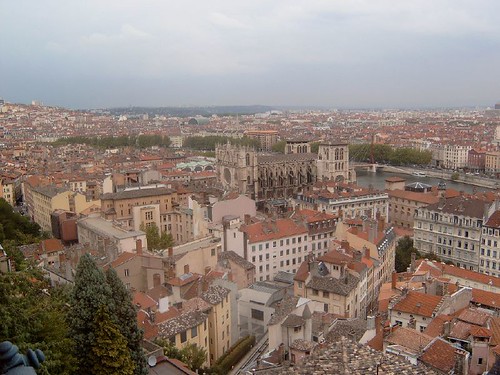

Since 1962, the city of Copenhagen has worked to improve the social life of the city. Now, after more than 40 years, the results of their planning process are clear--the city grows more vibrant, engaging and delightful each year.
Architect Jan Gehl, who has worked as a theorist, researcher, planner, designer and activist for decades, recently coauthored the book New City Spaces. The book details the kinds of urban designs that support public engagement, meaning, and stimulating experiences.
These lessons might be productively applied to the design of web sites--design patterns that support a rich set of social activities, points of contact, and range of intimate and intense relationships are the kinds of web sites that attract and retain attention.




